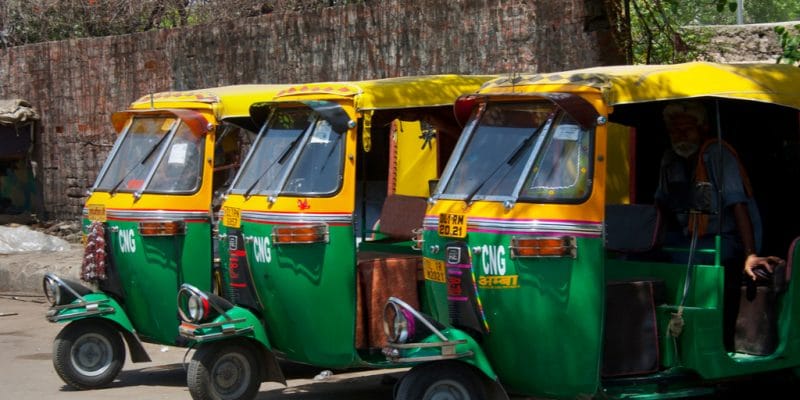Importing electric vehicles (EVs) from China to India can be a lucrative venture for large‑volume sellers and commercial importers, thanks to China’s competitive pricing and advanced technology. Yet the journey involves navigating regulations, logistics, and documentation. This guide outlines the key steps, compliance requirements, logistics planning, and common challenges—giving you a clear roadmap for bringing Chinese EVs into the Indian market efficiently and legally.
1. Plan Your Import Strategy
-
Market fit: Identify models that match Indian buyer needs—range, battery capacity, price after duties, and serviceability.
-
Right‑hand drive: Ensure the manufacturer delivers factory‑built RHD vehicles with km/h speedometers and headlights suited to left‑side traffic.
-
CBU vs. CKD: Decide whether to import fully built cars (CBU) or completely knocked‑down kits (CKD). CBUs are simpler; CKDs cut duty rates dramatically but require local assembly capacity.
-
Supplier due diligence: Partner with a reputable Chinese maker that can provide consistent quality, certifications, and after‑sales support.
2. Comply with Indian Regulations
-
Import‑Export Code (IEC): Obtain your IEC from the Directorate General of Foreign Trade.
-
Import permissions: Vehicles sit outside India’s open‑general license list, so verify you have the correct import license for automobiles.
-
Homologation: Each EV model must pass Indian safety and environmental tests (often via ARAI or ICAT) before it can be registered. If possible, homologate a sample unit in advance.
-
Designated ports: New vehicles can be imported only through Mumbai, Chennai, or Kolkata. Align your shipping route accordingly.
-
RHD requirement: Avoid costly conversions by importing factory‑assembled RHD versions.
3. Understand Duties and Taxes
-
CBU duty: Fully built EVs generally attract a basic customs duty around 70 % of the CIF value (rising to 100 % for higher‑priced cars).
-
CKD advantage: Importing kits for local assembly can slash duty to roughly 15 %.
-
GST: A 5 % Goods and Services Tax applies on top of the duty‑inclusive value; input credit is later claimable.
-
Investment‑linked concessions: India’s 2024 policy allows a lower 15 % duty for automakers that commit significant local manufacturing investment—useful if you plan to scale with the OEM.
Accurate duty classification and budgeting are critical; consult a customs broker for the latest tariff schedule.
4. Manage Shipping and Logistics
-
Freight mode: Ocean shipping is the norm—either RoRo car carriers for large volumes or containers for added protection.
-
Battery compliance: Lithium batteries must meet IMO regulations; ensure the manufacturer supplies proper UN 38.3 documentation and ships vehicles at a safe state of charge.
-
Port coordination: Book slots at one of India’s permitted entry ports and confirm inland trucking from port to warehouse or dealership.
-
Insurance: Comprehensive marine cargo insurance safeguards against loss or damage in transit.
5. Clear Customs and Handle Documentation
Prepare these essentials before the vessel docks:
-
Bill of Lading
-
Commercial Invoice and Packing List (listing VINs)
-
Import license (if required)
-
Insurance certificate
-
Homologation certificate or type‑approval documents
-
Online Bill of Entry with accurate HS code and duty calculation
Pay duties and GST promptly, address any customs queries, and arrange inland transport once the release order is issued. Remember: registration with regional transport offices can proceed only after homologation is complete.
Common Challenges—and Mitigations
| Challenge | Mitigation |
|---|---|
| High landed cost | Negotiate factory pricing; consider CKD assembly; target premium or fleet segments. |
| Regulatory changes | Monitor policy updates; engage compliance consultants; keep flexible pricing models. |
| Customs delays | Ensure flawless paperwork; use experienced clearance agents; import pilot batches first. |
| Logistics bottlenecks | Work with reliable forwarders; stagger shipments; insure cargo fully. |
| After‑sales support | Stock critical spares; train service partners; rely on manufacturer’s technical backing. |
| Brand acceptance | Run demos, marketing campaigns, and emphasize certifications and support infrastructure. |
Conclusion: A Roadmap to EV Import Success
Importing electric cars from China to India is complex but highly rewarding when executed with diligent planning and strict compliance. By building strong supplier partnerships, mastering customs requirements, optimizing logistics, and creating a robust after‑sales network, commercial importers can capture a growing demand for innovative, eco‑friendly mobility.
Looking for a reliable partner?
Consider QSD, a Chinese EV brand renowned for solid build quality and dependable performance—an excellent fit for professional importers seeking long‑term success. Explore their range at www.qsd-ev.com and discover how QSD can power your entry into India’s booming electric vehicle market.
Post time: Apr-21-2025

